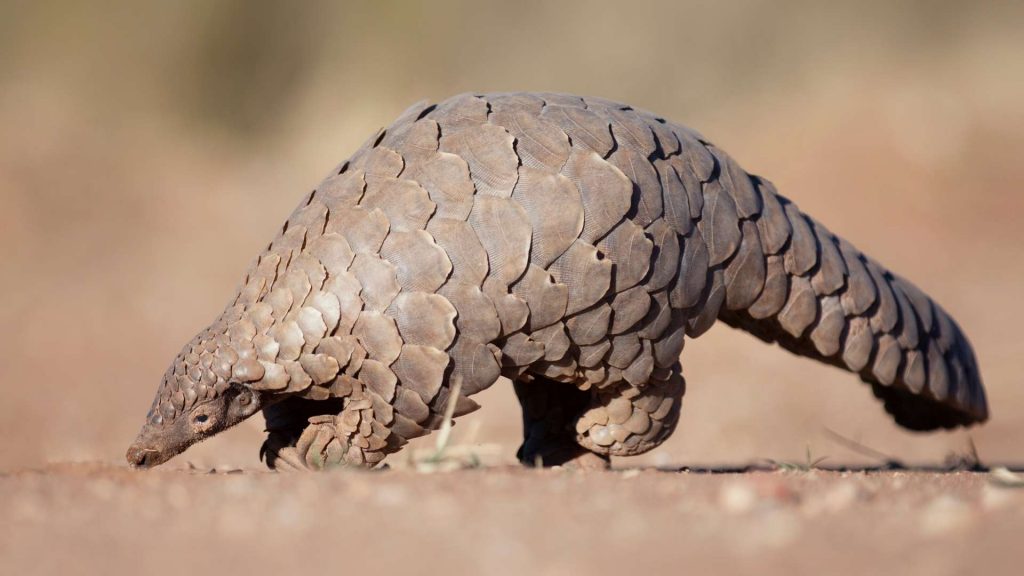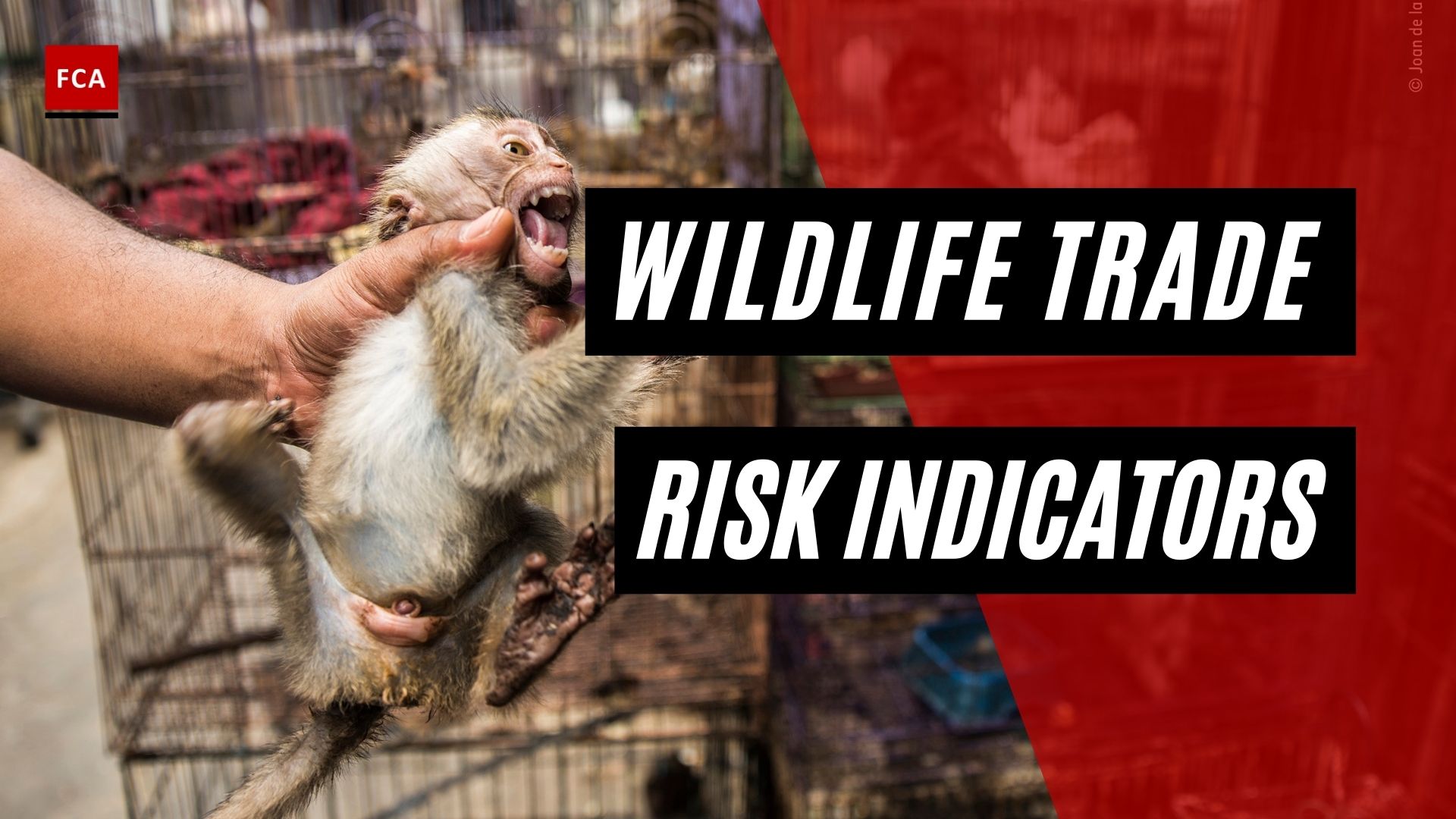Despite international efforts in stricter regulation, monitoring, and enforcement, illegal wildlife trade is a growing industry and is expanding every day. There is a variety of factors that fuel illegal wildlife trade and we will discuss the major causes. This article elaborates on ‘Causes of Illegal Wildlife Trade and Poaching’.
High Profit Margins
Illegal wildlife trade is a highly lucrative business opportunity for organized criminal groups. The United Nations estimates that global illegal wildlife trade is worth between $7 billion and $23 billion a year, making it one of the most profitable criminal enterprises. Wildlife crime has been linked to drug, human, and arms trafficking, as organized crime groups seek to exploit their established global transit networks.
Of the huge sums of money generated by wildlife products on the Asian market, only a fraction usually ends up in the hands of poachers. The real profit is made by the traffickers who siphon off sizeable profits with relatively low risk. This prospect has lent poaching and illegal trade in wildlife products a whole new quality in the last few years: organized crime operates with highly professional and well-networked poachers and gangs of smugglers and has identified a new line of business in this extremely lucrative trade.

Profit from poaching Pangolins
Let’s make an example by looking at the worth of Pangolins at different stages of the illegal supply chain.
- To a hunter in Indonesia, who initially poaches the animal, a Pangolin is worth between $18 to $27 per kilo, if sold to a low-level local wildlife trader.
- That local trader may then further sell the Pangolin for around $45 per kilo to a mid-level trader that still operates in the same country.
- The mid-level trader could then continue to sell the Pangolin to an international trader for around $80 per kilo.
- The international trader might have access to a variety of different customers, ranging from people practicing traditional Chinese medicine or operating restaurants. For the Pangolin, the international trader could realize a price point of around $265 per kilo.
- Eventually, the Pangolin ends up at a restaurant in China or Vietnam, where it is sold for $350 per kilo.
Along the illegal supply chain, from the local hunter in Indonesia to a restaurant in Vietnam, the worth of the Pangolin has increased from as little as $18 up to $350 per kilo – That’s a profit margin of almost 2,000%
It is no secret that some endangered wildlife products are worth more than their weight in gold, with profits increasing dramatically as wildlife and wildlife products move further up the supply chain toward their destination markets.
Increased demands for ivories
As certain wildlife and wildlife products become scarcer, their demand in the market increases, leading to an increase in market prices. For example, the price of ivory in consumer countries has skyrocketed in recent years due to an increase in demand for the product. Over the last few years, demand for ivory in China has tripled and increased prices from $750 per kilo in 2010 to $2100 per kilo in 2015. Increased demand leads to more inclination towards illegal capturing and killing of animals as many countries serving as a source for illegal trade have an elevated level of poverty, insecurity, and corruption.
Along with high profits, risks associated with the illegal wildlife trade are exceptionally low due to weak law enforcement and corruption of officials. Penalties and fines, if any are ever enforced, are minimal compared to the profits.
Organized crime groups are flexible and can easily adapt to new restrictions, regulations and enforcement measures that may reduce opportunities to maximize profits. There may be many factors that make wildlife markets vulnerable to criminal infiltration.
Policies, capacities and regulatory frameworks differ between countries, prompting criminals to turn to places where they can operate efficiently with low risk of punishment.
Illicit wildlife markets are like other illicit markets. With strong regulations and high demand, prices for the products go up, which can increase the profits of criminals. When efforts to curb the illicit trade do not impact both supply and demand, different types of replacement effects can be seen. Strong regulations in one place combined with high levels of demand can shift the criminal operations to less-regulated places or to the use of substitute species.
Corruption
Bribery and corruption are present at all stages of the illegal wildlife trade, ranging from local to high-level officials – Corruption fuels the trafficking of endangered species.
Oftentimes, the addresses of bribery include corrupt official in both, the country of origin and the country of destination, including official representing boarder control, rangers, police officer, conservation officials, administrative and trade officials, and others.
Corruption allows illegal wildlife trade to continue and leads to laws and regulations being undermined by corrupt practices. As a result, the penalties for non-compliance are diluted, and the public trust in some government authorities eroded.
Dirty-Collar Crime
Another factor driving the illegal wildlife trade relates to the term “dirty-collar crime”, a term coined by the researchers Vincenzo Ruggiero and Nigel South, describing the nexus between legal and illegal parties in environmental crime. In fact, there is a number of reports and law enforcement proceedings indicating the involvement of legally registered companies in illegal wildlife trade. For instance, a recent study that examined seizures of wildlife in the European Union confirmed that over 30% of culprits involved were legal actors, including legally registered animal traders. In illegal wildlife trade, a strong collaboration between legal and illegal networks is present.

Conflicts and War
Another important driver for the continuing illegal wildlife trade are civil or weaponized conflicts as well as war. Wars and conflicts oftentimes lead to a loss of biodiversity by themselves, but during such conflicts, institutions responsible for protecting wildlife become vulnerable leading to lawlessness.
For example, the war from 1995 to 2006 in the Democratic Republic of Congo (DRC) has led to widespread lawlessness. During that time, the population of elephants reduced significantly. Elephants were frequently killed for the consumption of their meat and for generating profits with their ivory horns. A report by the DRC’s expert group confirms that the slaughtering of elephants is one of the tragic results of years of war and ineffective law enforcement.
Sudan, as another example, had huge populations of elephants, antelope, giraffes, chimpanzees, and many other animals before the war began in 2013. During the conflict, local as well as international poachers have been poaching and trafficking wildlife for ivory and bushmeat, and engaged in illegal logging.
Subsistence Economy and Community Income
In some areas of the world, wild animals traditionally serve as a food source. Native inhabitants consume a variety of species ranging from gorillas, cats, reptiles, insects, bats, and even tigers. By such means, wild-sourced animals are part of some people’s staple diets, particularly when their meat serves as a protein source and other options are not available or affordable.
In addition, wildlife trade plays a crucial role for the income of some communities in several Asian and African countries. The poorest people and households are often the ones who are most reliant on such resources.
Final Thoughts
Illegal wildlife trading and poaching is a growing industry which is expanding every day. Despite the huge international efforts, in stricter regulations, monitoring and enforcement, prevention has not been very effective. This article elaborates on ‘Causes of Illegal Wildlife Trade and Poaching’.









